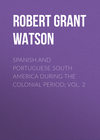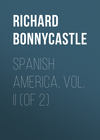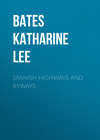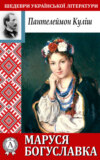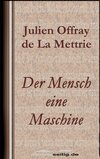Kitabı oku: «Spanish and Portuguese South America during the Colonial Period; Vol. 1», sayfa 16
Bir şeyler ters gitti, lütfen daha sonra tekrar deneyin
Türler ve etiketler
Yaş sınırı:
12+Litres'teki yayın tarihi:
30 haziran 2018Hacim:
370 s. 1 illüstrasyonTelif hakkı:
Public Domain
